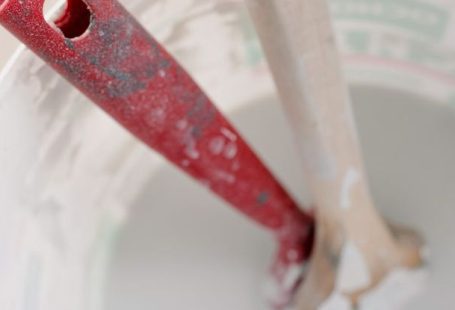Keeping your indoor plants healthy and thriving involves more than just watering and providing adequate sunlight. One essential aspect of plant care that is often overlooked is repotting. As plants grow, their roots outgrow their current containers, signaling the need for a larger home. Knowing when to repot your plant is crucial for its well-being. Here are some key signs to look out for that indicate your plant is in need of repotting.
Drooping or Stunted Growth
One of the most obvious signs that your plant needs repotting is when it starts to show signs of distress such as drooping leaves or stunted growth. When a plant’s roots become cramped in a small pot, they are unable to access the necessary nutrients and moisture needed for healthy growth. As a result, the plant may begin to wilt, have yellowing leaves, or stop growing altogether. If you notice any of these symptoms, it might be time to consider repotting your plant into a larger container.
Roots Growing Through Drainage Holes
Inspecting the drainage holes at the bottom of your plant’s pot can provide valuable insight into its root health. If you notice roots growing through the drainage holes or circling around the bottom of the pot, it is a clear indication that your plant has outgrown its current container. When roots become tightly packed and root-bound, they are unable to absorb water and nutrients effectively, leading to poor plant health. Repotting your plant into a larger container will provide the roots with more space to grow and thrive.
Soil Drying Out Quickly
If you find yourself having to water your plant more frequently than usual because the soil dries out quickly, it may be a sign that the roots have taken up all the available space in the pot. When a plant becomes root-bound, the roots occupy most of the space in the pot, leaving little room for soil. As a result, water is quickly absorbed by the roots, causing the soil to dry out faster. Repotting your plant into a larger container with fresh soil will help retain moisture and promote better root growth.
Visible Roots at the Soil Surface
Another telltale sign that your plant needs repotting is when you start to see roots emerging from the soil surface. This usually occurs when the roots have become overcrowded in the pot and are seeking out more space to grow. Visible roots on the surface can make your plant look unsightly and may also indicate that the roots are not getting adequate nutrients from the soil. Repotting your plant into a larger container will allow the roots to spread out and establish a healthier root system.
Potting Mix Breaking Down
Over time, the potting mix in your plant’s container can break down and become compacted, hindering water drainage and air circulation to the roots. If you notice that the soil in your plant’s pot is no longer retaining water properly or has become hard and compacted, it may be time to repot your plant. Transferring your plant to a new pot with fresh potting mix will provide it with the necessary nutrients and aeration for optimal growth.
Conclusion: The Importance of Repotting
In conclusion, knowing when to repot your plant is essential for maintaining its health and ensuring long-term growth. By keeping an eye out for signs such as drooping leaves, roots growing through drainage holes, soil drying out quickly, visible roots at the soil surface, and potting mix breaking down, you can provide your plant with the extra space and nutrients it needs to thrive. Regular repotting will not only benefit the plant but also enhance its appearance and overall well-being. So, pay attention to these signs and give your plant the room it needs to flourish.





